The Stem Cells Market is expected to register a CAGR of 10.5% from 2025 to 2031, with a market size expanding from US$ XX million in 2024 to US$ XX Million by 2031.
The report is segmented by Product Type (Adult Stem Cell, Human Embryonic Cell, Pluripotent Stem Cell, and Other Product Types), Application (Neurological Disorders, Orthopedic Treatments, Oncology Disorders, Injuries and Wounds, Cardiovascular Disorders, and Other Applications), Treatment Type (Allogeneic Stem Cell Therapy, Auto Logic Stem Cell Therapy, and Syngeneic Stem Cell Therapy)
Purpose of the Report
The report Stem Cells Market by The Insight Partners aims to describe the present landscape and future growth, top driving factors, challenges, and opportunities. This will provide insights to various business stakeholders, such as:
- Technology Providers/Manufacturers: To understand the evolving market dynamics and know the potential growth opportunities, enabling them to make informed strategic decisions.
- Investors: To conduct a comprehensive trend analysis regarding the market growth rate, market financial projections, and opportunities that exist across the value chain.
- Regulatory bodies: To regulate policies and police activities in the market with the aim of minimizing abuse, preserving investor trust and confidence, and upholding the integrity and stability of the market.
Stem Cells Market Segmentation
Product Type
- Adult Stem Cell
- Human Embryonic Cell
- Pluripotent Stem Cell
- Other Product Types
Application
- Neurological Disorders
- Orthopedic Treatments
- Oncology Disorders
- Injuries and Wounds
- Cardiovascular Disorders
- Other Applications
Treatment Type
- Allogeneic Stem Cell Therapy
- Auto Logic Stem Cell Therapy
- Syngeneic Stem Cell Therapy
You will get customization on any report - free of charge - including parts of this report, or country-level analysis, Excel Data pack, as well as avail great offers and discounts for start-ups & universities
Stem Cells Market: Strategic Insights
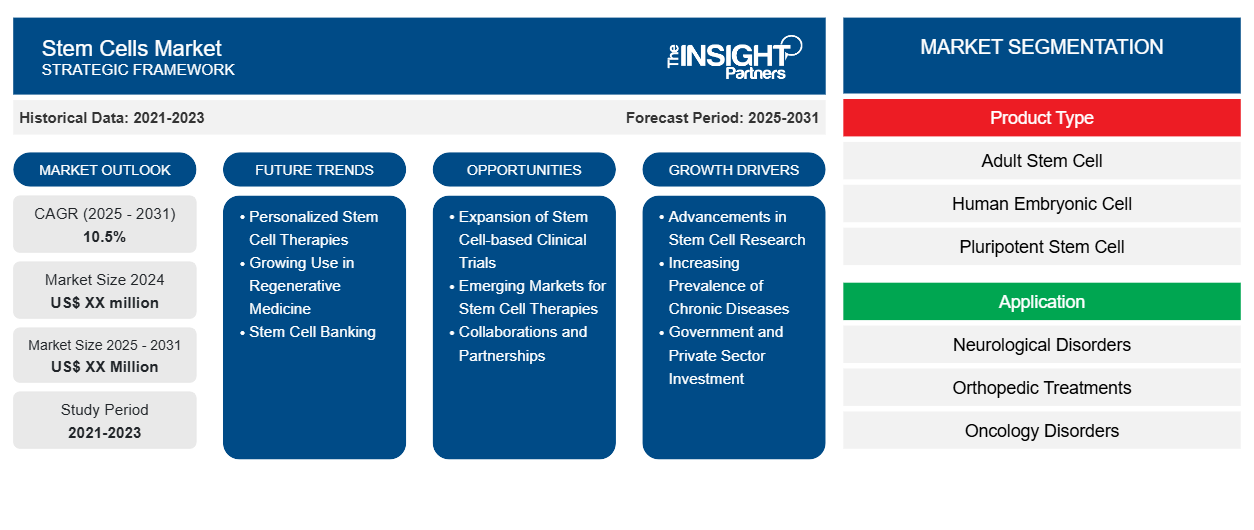
- Get Top Key Market Trends of this report.This FREE sample will include data analysis, ranging from market trends to estimates and forecasts.
Stem Cells Market Growth Drivers
- Advancements in Stem Cell Research: Continuous advancements in stem cell research, particularly in regenerative medicine, are a key driver of the market. The ability to manipulate stem cells for tissue repair and organ regeneration has opened new therapeutic possibilities, driving significant interest and investment in the stem cell industry.
- Increasing Prevalence of Chronic Diseases: The rising global incidence of chronic diseases such as diabetes, cardiovascular conditions, and neurodegenerative diseases has increased the demand for stem cell-based therapies. Stem cells offer potential treatments for conditions with limited effective options, thereby accelerating the growth of the market.
- Government and Private Sector Investment: Growing investment from both government and private sectors in stem cell research and clinical trials is fueling market growth. Funding for stem cell projects and the establishment of stem cell banks are contributing to the development of new therapies and treatments, driving innovation in the field.
Stem Cells Market Future Trends
- Personalized Stem Cell Therapies: One of the major trends in the stem cells market is the shift toward personalized therapies. Tailoring stem cell treatments to individual patients based on their genetic profiles can improve treatment efficacy and reduce side effects, leading to broader adoption of personalized regenerative treatments.
- Growing Use in Regenerative Medicine: Stem cells are increasingly being utilized in regenerative medicine, aimed at repairing or replacing damaged tissues and organs. The ability to regenerate tissues like cartilage, bone, and skin is accelerating the use of stem cells in both clinical and cosmetic applications.
- Stem Cell Banking: Stem cell banking, where stem cells are stored for future use, is becoming increasingly popular. This trend is driven by the desire to store stem cells for potential future medical treatments, such as treating genetic diseases, improving longevity, and providing emergency therapies for patients with chronic conditions.
Stem Cells Market Opportunities
- Expansion of Stem Cell-based Clinical Trials: With increasing regulatory approvals for stem cell-based therapies, there are significant opportunities in the expansion of clinical trials. More clinical trials will pave the way for new therapeutic applications, attracting both investment and potential new therapies to the market.
- Emerging Markets for Stem Cell Therapies: Emerging markets, particularly in Asia-Pacific and Latin America, present significant opportunities for stem cell therapies. As healthcare access improves and more people seek advanced medical treatments, demand for stem cell therapies is expected to grow rapidly in these regions.
- Collaborations and Partnerships: Collaborations between biotechnology companies, academic institutions, and healthcare providers present key opportunities in the stem cells market. These partnerships enable the sharing of expertise, resources, and technologies, accelerating the development and commercialization of innovative stem cell therapies.
Stem Cells Market Regional Insights
The regional trends and factors influencing the Stem Cells Market throughout the forecast period have been thoroughly explained by the analysts at The Insight Partners. This section also discusses Stem Cells Market segments and geography across North America, Europe, Asia Pacific, Middle East and Africa, and South and Central America.
Stem Cells Market Report Scope
| Report Attribute | Details |
|---|---|
| Market size in 2024 | US$ XX million |
| Market Size by 2031 | US$ XX Million |
| Global CAGR (2025 - 2031) | 10.5% |
| Historical Data | 2021-2023 |
| Forecast period | 2025-2031 |
| Segments Covered |
By Product Type
|
| Regions and Countries Covered | North America
|
| Market leaders and key company profiles |
|
Stem Cells Market Players Density: Understanding Its Impact on Business Dynamics
The Stem Cells Market is growing rapidly, driven by increasing end-user demand due to factors such as evolving consumer preferences, technological advancements, and greater awareness of the product's benefits. As demand rises, businesses are expanding their offerings, innovating to meet consumer needs, and capitalizing on emerging trends, which further fuels market growth.
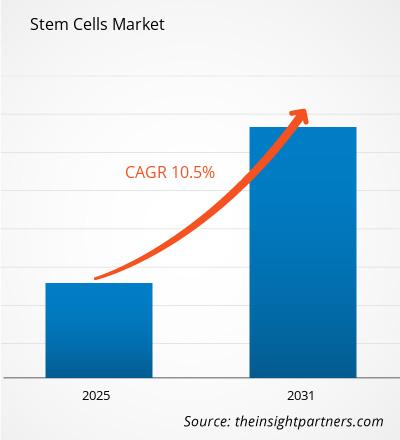
- Get the Stem Cells Market top key players overview
Key Selling Points
- Comprehensive Coverage: The report comprehensively covers the analysis of products, services, types, and end users of the Stem Cells Market, providing a holistic landscape.
- Expert Analysis: The report is compiled based on the in-depth understanding of industry experts and analysts.
- Up-to-date Information: The report assures business relevance due to its coverage of recent information and data trends.
- Customization Options: This report can be customized to cater to specific client requirements and suit the business strategies aptly.
The research report on the Stem Cells Market can, therefore, help spearhead the trail of decoding and understanding the industry scenario and growth prospects. Although there can be a few valid concerns, the overall benefits of this report tend to outweigh the disadvantages.
Frequently Asked Questions
What is driving the growth of the stem cell market?
What are the major trends in the stem cell market?
What are the opportunities in the stem cell market?
Which companies are leading the stem cell market?
How does stem cell research benefit chronic disease treatment?
What challenges does the stem cell market face?
- Historical Analysis (2 Years), Base Year, Forecast (7 Years) with CAGR
- PEST and SWOT Analysis
- Market Size Value / Volume - Global, Regional, Country
- Industry and Competitive Landscape
- Excel Dataset
Recent Reports
Related Reports
Testimonials
Reason to Buy
- Informed Decision-Making
- Understanding Market Dynamics
- Competitive Analysis
- Identifying Emerging Markets
- Customer Insights
- Market Forecasts
- Risk Mitigation
- Boosting Operational Efficiency
- Strategic Planning
- Investment Justification
- Tracking Industry Innovations
- Aligning with Regulatory Trends












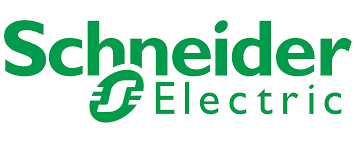


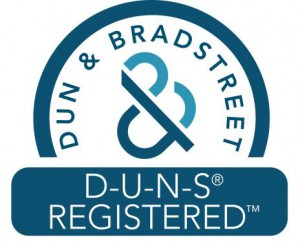
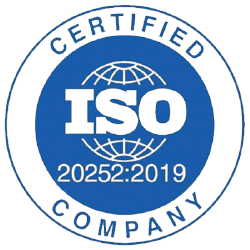
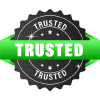



 Get Free Sample For
Get Free Sample For